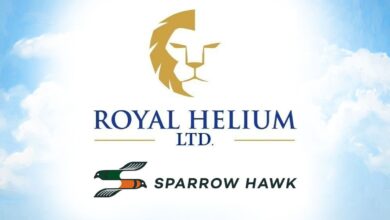
Alfalfa Autotoxicity May Affect More Than Alfalfa Plants
Autotoxicity can occur when alfalfa is reseeded onto previous alfalfa stubble, or when alfalfa is seeded into an existing alfalfa stand to thicken it. Established alfalfa plants produce water soluble toxins, which reduce establishment and growth of new alfalfa seedlings. As a result, autotoxicity is one of the reasons reseeding alfalfa immediately following alfalfa is not recommended.
The concept of alfalfa autotoxicity is generally well accepted. However, there is some disagreement on what minimum period of time is required between killing the old stand, either by working or herbicide application, and reseeding.
Research has shown that while an interval of only two or four weeks is required to eliminate the adverse effects on germination, the potential effects on root development and forage yield can persist much longer. If the alfalfa stand is two or more years old, it is recommended to seed an alternate crop for one year before reseeding again to alfalfa for maximum yield.
Alfalfa has also been shown to affect the germination and development of other types of plants growing close by. In a recent study in Saskatoon and Melfort, Dr. Bill Biligetu of the University of Saskatchewan, demonstrated the effect alfalfa has on its own seedlings may also reduce the growth of cicer milkvetch when the two are seeded together in the same row.
In that study, alfalfa showed a strong negative effect on seed germination and seedling growth of cicer milk-vetch. The germination of cicer milkvetch seed decreased by 60 per cent and seedling height also decreased significantly when cicer was watered using an alfalfa extract compared to a distilled water treatment.
In the field, establishment of cicer in a mixture containing alfalfa was also reduced, and the amount of cicer in the mixture increased only slightly over two years compared to cicer’s increase when seeded with only a grass.
The study showed cicer establishment in a mixture with alfalfa was reduced when seeded in the same row, and the effect was not reduced by lower alfalfa seeding rates, higher cicer seeding rates or adding a grass to the mixtures when alfalfa was also included.
Though there are benefits of seeding cicer in mixtures with alfalfa, establishing cicer milkvetch with alfalfa may not be easy. Seeding techniques that reduce in-row competition, such as alternative row seeding or cross row seeding, may be useful to reduce the negative impact of alfalfa on cicer milkvetch establishment.
If you have any questions regarding alfalfa autotoxicity, reach out to your regional range management extension specialist or call the Agriculture Knowledge Centre at 1-866-4578-2377.
For the latest information and for more updates on everything Kindersley ‘Like’ the Kindersley Social Facebook page below…








































